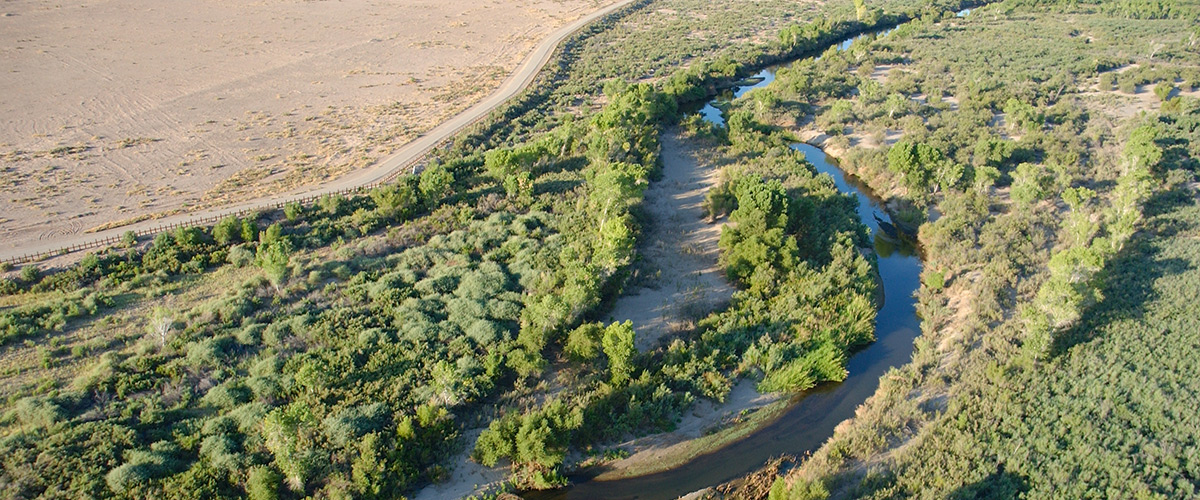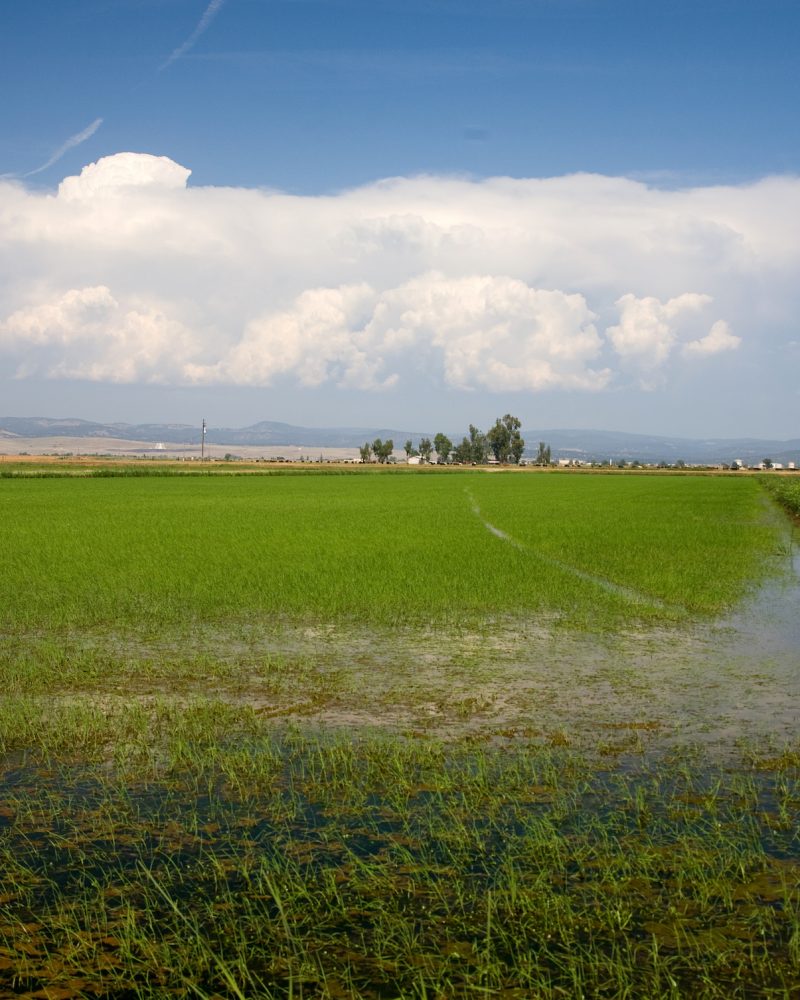Our need to mitigate and adapt to climate change adds to the existing stress on California’s water and land resources. As tax payers continue to approve billions of dollars for conservation, we have the responsibility to innovate how bonds and general funds are used, maximizing their impact to achieve multiple goals. Moving beyond policies that view each acre as contributing to a single goal, we can create partnerships and opportunities – instead of conflict.
Market-based mechanisms are some of the most promising tools to address current resource constraints. They simultaneously enjoy public support, engage agricultural landowners as part of the conservation solution, and create opportunities for private partners to deliver public goods. Strategies such as working land carbon sequestration protocols, habitat exchanges, regional conservation investment strategies and pay-for-performance contracting mechanisms can:
- supply habitat mitigation for public infrastructure projects,
- ensure bond funds are effectively invested, and
- create long-term funding streams to maintain ecosystem benefits over decades.
Despite their promise, there are many roadblocks to realizing the potential of these tools. The following impediments can be solved by evolving agency practices, clarifying current policies, and passing enabling legislation.
Stacking of credits
Numerous verifiable benefits can be generated from the same piece of land. For instance, a single wetland or flood plain project could generate species mitigation, water quality, and carbon credits. In addition, this same piece of land may support compatible agricultural and recreational uses. Policy language that encourages credit stacking, especially on land with additional uses, has the potential to produce conservation that is both economically viable and scalable. Initial projects can act as a testing ground for agencies to assess various credit combinations and incentive structures.

Bond Funds and Revenue
General obligation bonds have historically been a primary funding source for conservation, but some legal opinions consider generating additional revenue from bond-funded projects to be prohibited. Bond language that explicitly allows revenue generation from conservation credits or agricultural production could support the ongoing maintenance of conservation sites. This change would significantly reduce current barriers to the use of bond funds on projects that require long-term funding, and ensure ecological function is sustained after initial funding expires.
Further, policy language that encourages the use of pay for performance contracts can engage private capital to deliver conservation outcomes, eliminating the risk of spending taxpayer dollars on under-performing projects.
Commitment Duration and Risk Mitigation
Climate and economics change. Yet certain contract commitments restrict future opportunities for generations, and are not always necessary to achieve conservation outcomes. To engage private landowners in conservation, they need flexible contract durations and the ability to shift certain types of habitat function on the landscape. Policy language should support adaptive conservation and allow regional conservation efforts to manage habitat across a portfolio of projects.

Fresh approaches and tools can inspire new partnerships and unlock opportunities for conservation at scale. Agency director and legislative leadership is needed to test and adopt these innovations – unleashing the full potential of market-based mechanisms to meet the needs of communities, and the planet.
Written by Campbell Ingram, Executive Officer of the Delta Conservancy and Jeremy Sokulsky, President of Environmental Incentives



